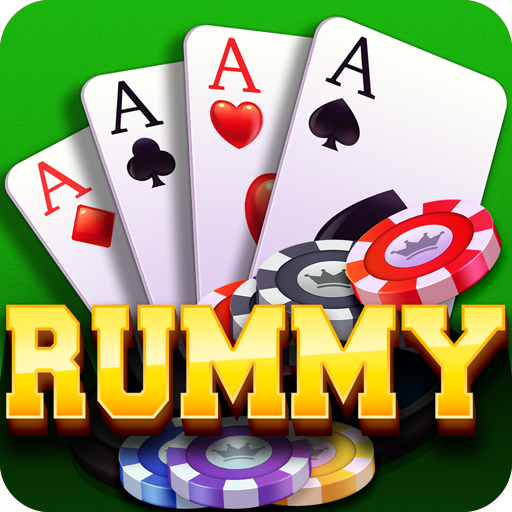About Rummy Game, Rummy is a classic card game that has captivated players around the world for centuries. Known for its blend of skill, strategy, and a touch of luck, Rummy is a favorite among families and friends alike. This article explores the history, gameplay, variations, and strategies of Rummy, making it a comprehensive guide for both newcomers and seasoned players.
A Brief History of Rummy
The origins of Rummy are somewhat murky, but it is believed to have evolved from earlier card games in the early 19th century. Some historians trace its roots back to the Chinese game of “Concentration,” while others suggest it may have derived from the Mexican game “Conquian.” Over the years, Rummy has undergone numerous adaptations and variations, leading to the development of various forms, including Gin Rummy, Indian Rummy, and Kalooki.
Basic Gameplay
The fundamental objective of Rummy is to form sets and runs using the cards dealt to you. A set consists of three or four cards of the same rank, while a run consists of three or more consecutive cards of the same suit.
Standard Rules
- Number of Players: Rummy can typically be played by 2 to 6 players.
- Deck: A standard deck of 52 cards is used. In some variations, jokers may be included as wild cards.
- Dealing Cards: Each player is dealt a specific number of cards, usually 10 to 13, depending on the variant being played. The remaining cards form the draw pile, with the top card placed face up to start the discard pile.
- Turns: Players take turns drawing a card from either the draw pile or the discard pile and then discarding one card from their hand.
- Melding: Once a player has formed valid sets or runs, they can lay them down on the table, known as “melding.” The game continues until a player successfully melds all their cards or until the draw pile runs out.
Popular Variations of Rummy
- Gin Rummy: A two-player variant where players aim to form sets and runs. Players can knock when they have 10 points or fewer in unmelded cards.
- Indian Rummy: Often played with 2 decks of cards, Indian Rummy allows for jokers to be used as wild cards. The objective is to form valid sets and runs and can involve more complex rules, including the concept of declaring.
- Kalooki: A variation that allows players to use jokers and has unique scoring methods, including bonuses for melding certain combinations.
- Canasta: A variant of Rummy that is played with two decks of cards. The objective is to form melds of seven cards of the same rank.
Strategies for Success
While Rummy has an element of luck, strategic thinking is crucial for success. Here are some tips to enhance your gameplay:
- Know Your Cards: Pay attention to the cards being discarded and drawn by opponents. This can provide insights into their strategies and help you make informed decisions.
- Keep Your Options Open: When melding, try to keep a mix of cards that can form both sets and runs. This flexibility can be advantageous as the game progresses.
- Manage Your Hand: Discard high-point cards when possible, especially if you believe another player may be close to winning. Holding onto high cards can result in significant point loss.
- Observe Opponents: Watch your opponents closely. Knowing what they are collecting can help you avoid discarding cards they may need.
- Use Jokers Wisely: If playing a variation that includes jokers, use them strategically to complete your sets and runs. Save them for key moments when they can make a significant impact.
Conclusion
Rummy is more than just a card game; it’s a social experience that brings people together. Its rich history, diverse variations, and strategic depth make it a timeless classic enjoyed by players of all ages. Whether you’re playing a casual game with family or entering a competitive tournament, mastering the art of Rummy can lead to countless hours of enjoyment. So gather your cards, invite your friends, and dive into the captivating world of Rummy!




